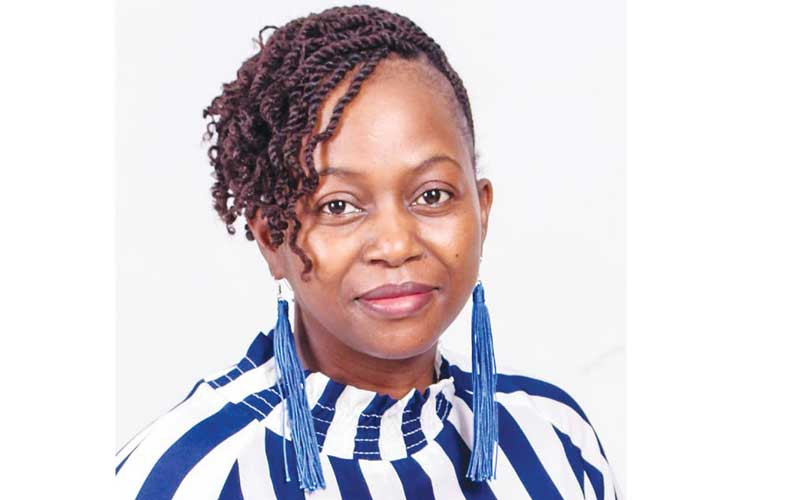
Prize-winning sculptor David Mashoko has emerged as the beacon of Zimbabwean sculpture, often referred to as Shona sculpture.
He has won many contests where Zimbabwean sculptors have displayed their art. Recently he clinched a deal with a Swiss agent to promote Zimbabwean sculpture around the world.
Zimbabwean sculpture which had been recognised around the world as about the best took a knock around the turn of the millennium when tourism almost dried up after Zimbabwe became an international pariah State.
Mashoko, specialises in carving female figures and family scenes from hard stones such as opal and springstone.
Asked why most of his pieces, if not all, depict women, he said he was inspired by women in the Bible, such as the Virgin Mary, many who rose to prominence through the roles they played.
“I’m inspired by the Biblical stories of women who have risen to prominence and wish to portray those as role models for our girl child.”
He said the girl child in Zimbabwe has been portrayed as a victim but that can be changed if she is portrayed as an achiever, proud of herself. One of his pieces “Proud Woman” depicts a young woman who has defined herself and is proud to show it off. Many young women in Zimbabwe are withdrawn or live in cocoons. Mashoko says they should break out of the cocoons like butterflies break out of the chrysalis and display their splendour.
His pieces have been very popular around the world, and he has established a market in countries such as the US, German, Netherlands, South Korea and Switzerland. He has just struck a relationship with a Swiss agent, Rolf Haussener, who wishes to promote Zimbabwean sculpture in a win-win scenario.
- Local sculptor clinches Swiss deal
Keep Reading
Zimbabwean sculpture faced huge challenges in the past two decades when the country became an international pariah due to the land reform programme that commenced at the turn of the millennium when white commercial farmers were kicked out of their farms by the government ostensibly to address a historical imbalance in which 4 000 white farmers owned 80% of all the fertile land.
This incensed the Western world which went on to impose sanctions on the country. This meant tourists, who formed the bulk of sculpture buyers, kept away from Zimbabwe, thereby almost decimating the Zimbabwean sculpture industry which had carved a niche for itself around the world. Indeed Zimbabwean (or Shona sculpture) is renowned around the world and many pieces are displayed among permanent collections in some of the world’s most important galleries.
Haussener is not unfamiliar to Zimbabwe. He was head coach of the Zimbabwe handball national team. He is a philanthropist who has since 2017 been paying school fees for more than six children and together with colleagues has been supporting some students at university who could not afford school fees. He has also embarked on an agricultural project for two national team players together with a Swiss sponsor.
The sculpture venture he has partnered with Mashoko seeks to support Zimbabwean art. Several sculptors are set to benefit from the project as their pieces are sent to Switzerland where the European market beckons.
Mashoko was born in 1973 in Hwedza and attended Lundi Mission in Masvingo, where he developed an interest in drawing and painting.
He joined the Chapungu Sculpture Park in Harare in 1996 as a student and learned from acclaimed sculptor Joe Mutasa, who inspired him to pursue his artistic career. His style is easily recognisable by his use of different finishing techniques to create contrasting effects on his sculptures, which often depict the beauty and grace of women and the social aspects of their lives.







